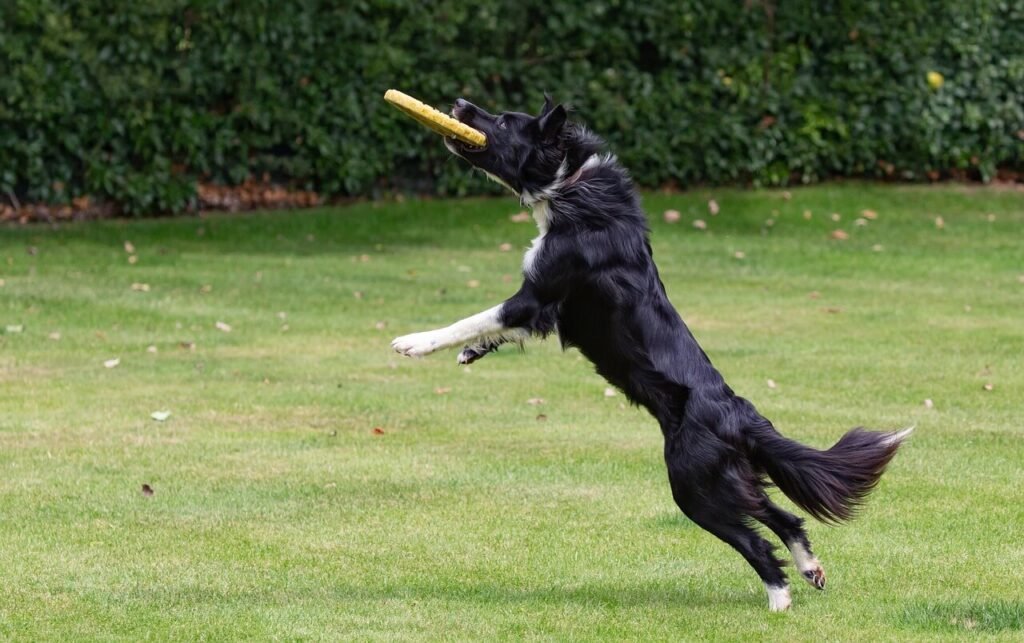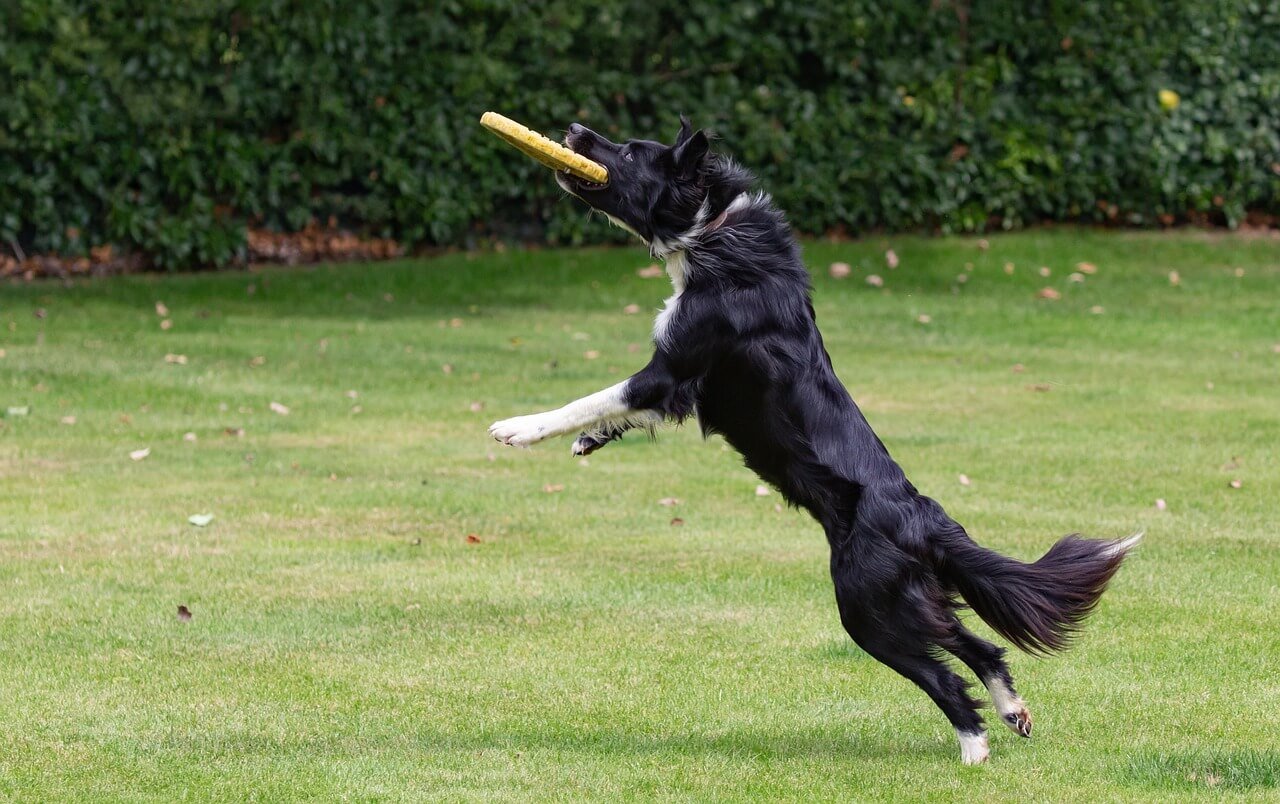Where Do Dog Fleas Come From?
If you’ve ever dealt with a flea infestation, you know how frustrating and persistent these tiny pests can be. But where do dog fleas come from, and how do they end up on your beloved pet? Understanding the origins of fleas is the first step in preventing and managing infestations. In this blog post, we’ll explore the lifecycle of fleas, common sources of infestations, and practical tips to keep your dog—and your home—flea-free. Let’s dive into the world of fleas and learn how to protect your furry friend!
Common Sources of Dog Fleas: How They Enter Your Life
Fleas don’t just magically appear on your dog—they come from various sources, often without you even realizing it. Here are some of the most common ways dog fleas make their way into your home:
Other animals, such as stray dogs, cats, or wildlife, can carry fleas and transmit them to your pet during outdoor encounters.
Visits to places like dog parks, kennels, or grooming facilities can expose your dog to flea-infested environments.
Flea eggs or larvae hiding in carpets, furniture, or bedding can hatch and re-infest your dog after treatment.
Yard spaces with tall grass or shaded areas provide ideal breeding grounds for fleas.
Used or second-hand items like pet beds, blankets, or toys can harbor flea eggs or larvae.
Understanding these sources can help you take proactive steps to minimize your dog’s exposure to fleas and prevent infestations before they start.
The Lifecycle of Fleas: Why They’re So Hard to Eliminate
Fleas are more than just annoying—they’re incredibly resilient due to their complex lifecycle. Knowing how fleas develop can help you understand why they’re so difficult to eliminate completely.
Fleas start as eggs, which are laid on your dog but quickly fall off into the environment.
Eggs hatch into larvae, which thrive in dark, humid areas like carpets or cracks in floors.
Larvae spin cocoons and enter the pupal stage, where they can remain dormant for weeks or even months.
Adult fleas emerge from cocoons and immediately seek a host, such as your dog, to feed on blood.
A single adult flea can lay up to 50 eggs per day, rapidly multiplying the infestation.
This lifecycle highlights why treating both your dog and their environment is crucial for breaking the flea cycle and achieving long-term relief.
Check this guide 👉How to Use Diatomaceous Earth for Fleas: Best 7 Tips!
Check this guide 👉How to Check for Fleas on Your Dog: Best 7 Expert Tips!

Preventive Measures Against Fleas | Signs Your Dog May Have Fleas |
|---|---|
Regular use of flea prevention products (topical or oral) | Excessive scratching or biting at the skin |
Vacuuming carpets and washing pet bedding weekly | Visible fleas or flea dirt in the fur |
Keeping your yard trimmed and free of debris | Red, irritated skin or hot spots |
Avoiding contact with stray or unknown animals | Restlessness or unusual behavior |
Inspecting your dog after outdoor activities | Hair loss or bald patches |
How to Identify Flea Hotspots in Your Home
Your home can harbor fleas even if you think it’s clean. Identifying potential hotspots is key to eliminating infestations effectively.
Carpets, rugs, and upholstered furniture are prime hiding spots for flea eggs and larvae.
Pet bedding and blankets often contain flea dirt or eggs shed by your dog.
Cracks in hardwood floors or tiles can harbor flea larvae and pupae.
Outdoor areas with tall grass or shaded spots can serve as breeding grounds for fleas.
Vehicles used to transport pets may also harbor fleas if not cleaned regularly.
By targeting these hotspots, you can reduce the risk of re-infestation and create a safer environment for your dog.
Tips for Preventing Fleas on Your Dog
Prevention is always better than dealing with an infestation. Here are some practical tips to keep fleas away from your dog and your home.
Use veterinarian-recommended flea prevention products consistently throughout the year.
Bathe your dog regularly with flea-shampoo or gentle cleansers to remove any hitchhiking fleas.
Groom your dog frequently to check for signs of fleas or flea dirt in their coat.
Keep your yard well-maintained by mowing the lawn and removing debris.
Avoid letting your dog interact with stray animals or frequent flea-prone areas.
By incorporating these habits into your routine, you can significantly reduce the chances of fleas becoming a problem for your pet.
Signs Your Dog Has Fleas
If you suspect your dog might have fleas, it’s important to confirm your suspicions early to prevent further issues. Here are some telltale signs that fleas are present:
Excessive scratching, licking, or biting at the skin is one of the most obvious indicators.
Red, irritated skin or small bumps may appear in areas where fleas congregate, such as the back, neck, or tail base.
Flea dirt—tiny black specks resembling pepper—can often be found in your dog’s fur or on their bedding.
Visible fleas jumping or crawling through your dog’s coat during inspection.
Hair loss or bald patches caused by constant scratching or chewing.
Identifying these signs early allows you to take swift action, minimizing discomfort for your dog and preventing the infestation from spreading.
Natural Remedies for Flea Control
While chemical treatments are effective, some pet owners prefer natural remedies to control fleas. These options can complement traditional methods but should be used with caution.
Essential oils like lavender or cedarwood can repel fleas, but they must be diluted properly to avoid toxicity.
Apple cider vinegar mixed with water can be sprayed on your dog’s coat to deter fleas naturally.
Herbal flea collars infused with natural repellents offer a chemical-free alternative for prevention.
Diatomaceous earth, when sprinkled on carpets or furniture, can kill fleas by dehydrating them.
Regular bathing with mild soap or natural flea shampoos can help remove fleas and soothe irritated skin.
While natural remedies can be helpful, consult your veterinarian before using them, especially if your dog has sensitive skin or underlying health conditions.
How to Break the Flea Lifecycle Permanently
To truly eliminate fleas, you need to break their lifecycle at every stage. Targeting just one part of the cycle won’t solve the problem entirely.
Treat your dog with vet-approved products that kill adult fleas and disrupt egg production.
Wash all pet bedding, blankets, and toys in hot water to destroy flea eggs and larvae.
Vacuum your home thoroughly, focusing on carpets, rugs, and upholstery, and dispose of the vacuum bag immediately.
Use insect growth regulators (IGRs) in your home to prevent flea eggs and larvae from maturing.
Maintain a clean yard by trimming grass, removing debris, and discouraging wildlife that may carry fleas.
By addressing all stages of the flea lifecycle and maintaining consistent efforts, you can achieve a flea-free environment for good.
Frequently Asked Questions About Dog Fleas
Can fleas live on humans?
While fleas prefer dogs and cats, they can bite humans if no suitable host is available.
How long can fleas survive without a host?
Fleas can survive up to two weeks without a host, but larvae and pupae can remain dormant for months.
Do indoor dogs get fleas?
Yes, indoor dogs can get fleas through visitors, other pets, or contaminated items like bedding.
Are fleas seasonal or year-round?
Fleas are more active in warmer months, but they can persist indoors year-round.
Can fleas cause health issues in dogs?
Yes, fleas can lead to skin irritation, allergies, anemia, and even tapeworm infections if ingested.
Staying Ahead of Fleas: Protecting Your Dog and Home
Fleas are a nuisance, but understanding where they come from and how they operate empowers you to take control. By combining preventive measures, regular grooming, and environmental management, you can keep your dog and home flea-free. Remember, consistency is key—fleas are persistent, but so are you! With the right strategies in place, you can ensure your furry companion stays happy, healthy, and itch-free all year round.
Canned Pumpkin for Cat Diarrhea: Best 7 Expert Tips! Natural remedy to firm stools, soothe upset bellies, and support gut health safely.
Can a Cat Give You Scabies? Best 7 Expert Tips! Discover the truth about feline mites, human skin risks, and how to protect yourself—without panic.
Cat Flea vs Human Flea: Best 7 Expert Tips! Discover the truth about bites, species, and how to eliminate infestations for good.
Weird Cat Behaviors: Best 7 Expert Tips! Discover why cats do strange things—and how to understand, not punish, their instincts for a happier home.





